Economics

Poverty Point in Louisiana, United States
Poverty Point is a prehistoric earthenwork site featuring mounds, ridges, and a ceremonial plaza located in northeastern Louisiana, United States.

The Cahokia Mounds State Historic Site
The Cahokia Mounds State Historic Site is an archaeological site of a pre-Columbian Native American city located in southwestern Illinois, near St. Louis, Missouri.
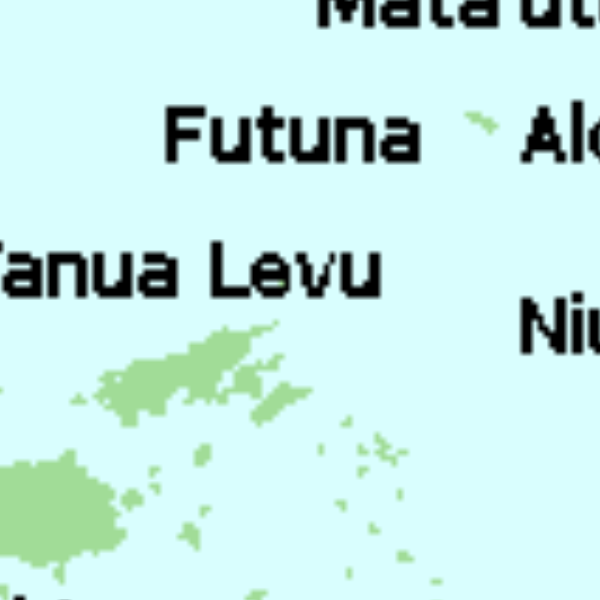
Tu'i Tonga Empire Map
The Tu’i Tonga Empire was an Oceanic maritime chiefdom centered on the island of Tongatapu, the main island of Tonga, and flourished between 1200-1500 CE.
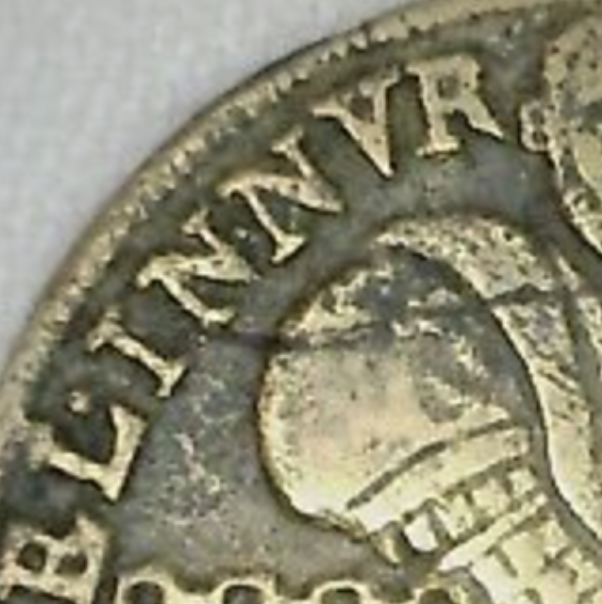
Early Modern Counter
An early modern counter of the "Reichenmaster" style, with one side showing a picture of a man using a counting board and the other side showing the alphabet. These counters were used in classrooms to teach students both to read and perform basic arithmetic.

Meroitic Script
The Meroitic Script was used in the Kingdom of Kush beginning in the 3rd Century BCE, or the Meroitic Period, and had two forms, Meroitic Cursive and Meroitic hieroglyphs.
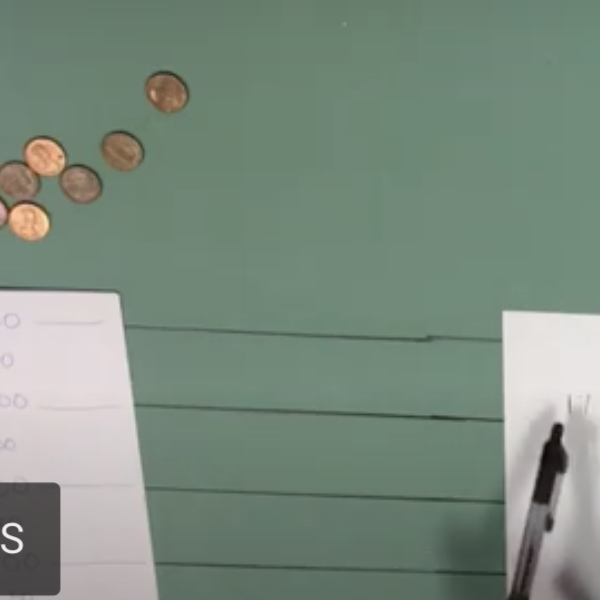
Division with an Early Modern Counting Board
Before the rise of literacy rates, counting boards such as the one featured in the video were the most common way to perform arithmetic. After pen-and-paper arithmetic replaced counting boards, Arabic numerals also became dominant throughout Europe.
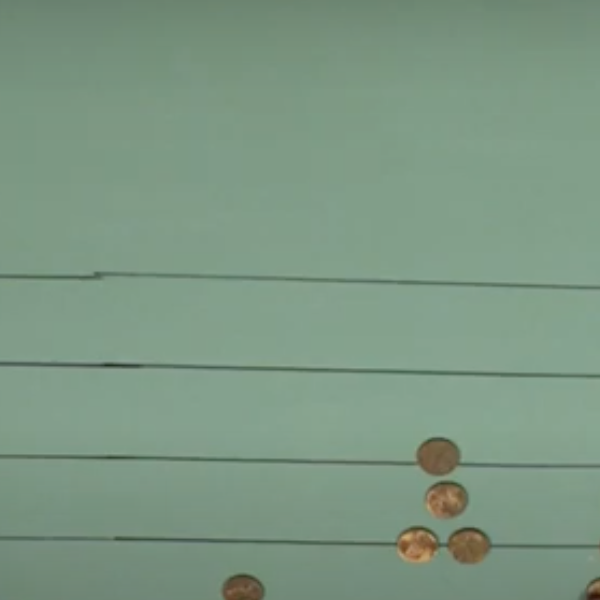
Multiplication with an Early Modern Counting Board
Before the rise of literacy rates, counting boards such as the one featured in the video were the most common way to perform arithmetic. After pen-and-paper arithmetic replaced counting boards, Arabic numerals also became dominant throughout Europe.
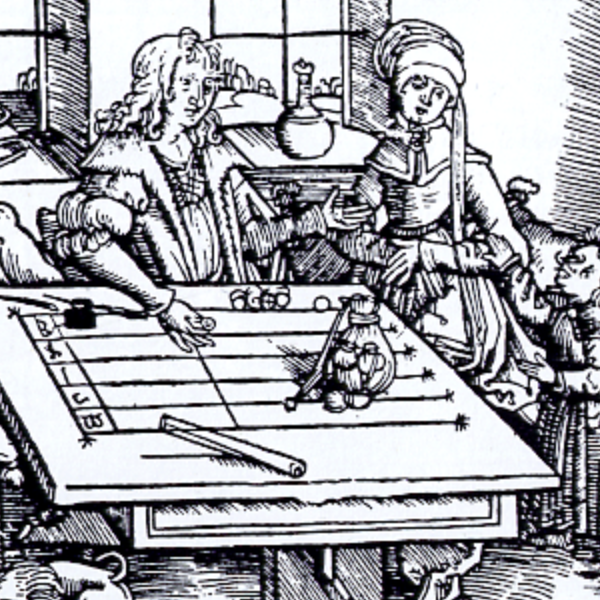
Engraving of a Rechentisch (Counting Board)
This image of an engraving depicts a man using a rechentisch, or counting board, the earliest known counting device and a precursor the abacus. The earliest known counting board is the Salamis Tablet, dating from 300 BCE, but may have been used more for gaming than for calculating.
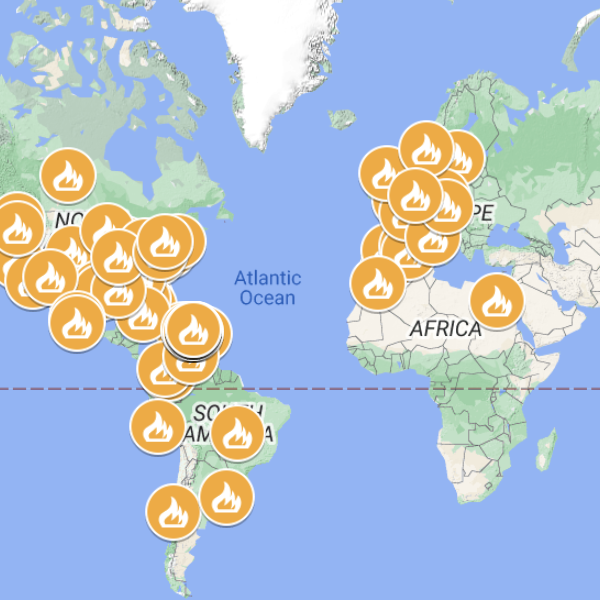
Map with Many of the Protests in Puerto Rico and the World 2019
An event in Puerto Rico that captured world attention and motivated the interest of many Puerto Ricans in the diaspora to participate was the Summer of 2019 movement.
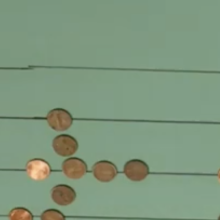
History of Pre-Modern Math
Before the widespread adoption of Arabic numerals, medieval and early modern Europeans added, subtracted, multiplied, and divided using a type of abacus known as a counting board and only afterwards recorded the results of their ca